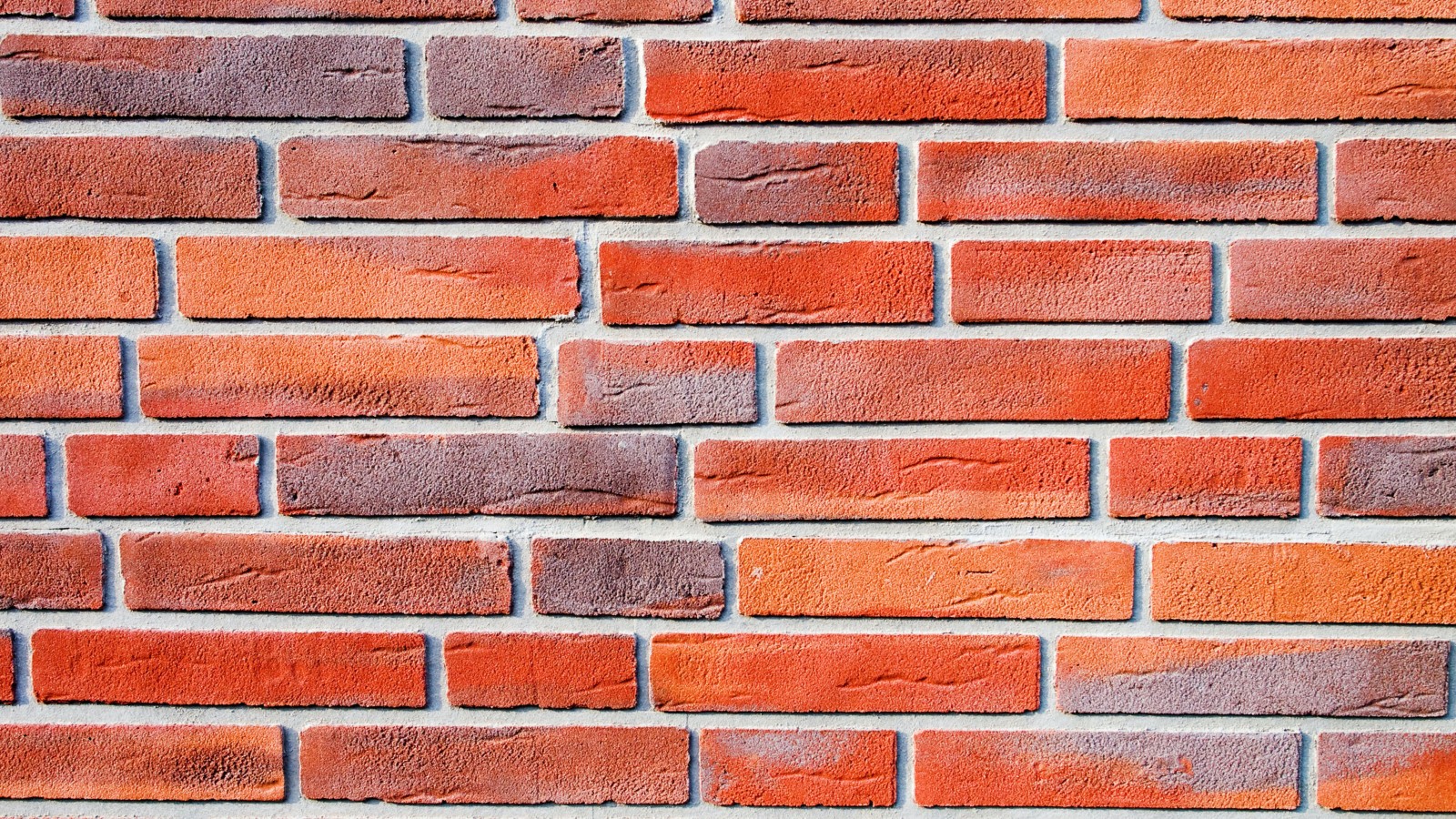I’ve got to say it — I love detailing in brick. If you are lucky enough to be designing a building in brick, then you are in luck, for you have a great road ahead, but there are some things to be aware of before you start.
Firstly, to design a brick building takes a slightly different approach to the way you may have traditionally approached a timber-frame building. The module becomes all important. Of course, in overseas countries where they still build fully in brick, the architects and designers will be used to that. In Aotearoa though, for the last hundred years or so, we’ve mostly shunned bricks, and so we need a spot of re-education. Of course, being Aotearoa, we end up doing it a little bit different, as we now typically still retain our timber frame structure, and it is just the thin skin of cladding that may be made of brick down here. The dimensions of the timber frame structure will all need to be subservient to those of the brick sizes.
Despite you thinking that you might choose the brick type last of all, I would recommend that you decide on a brick at the very beginning. You want to know the colour, the texture, the weight, the thickness, and the exact dimensions at the beginning, not at the end. Why? Well, it all comes down to the size. When I worked in Britain, it was fairly well understood that bricks were a common size and shape, so that you could mix and match brick colours later, but that the height, depth and length of the brick was fixed. That meant that any building to be clad in brick should be designed according to the universal metric brick module, of 225mm long x 75mm high. Allowing for a 10mm mortar joint to the top and the side, that meant that a brick size would always be 215mm long x 65mm high and incidentally, 102.5mm deep (so you could put in them in as a half brick, or lay them as a row of headers, and still fit the module). And the British concrete block is sized to work with the brick module size also, so that you can construct a wall of blocks and have it line up perfectly with a wall of bricks — perfect for a co-ordinated brick/block wall and the structural brick/block wall ties.
That all means that windows and walls all had to tie in with the brick module as well. So windows often came as 900mm wide, or 1350mm, because those dimensions were a multiple of the 225mm brick module. And so all the domestic windows can come prefabricated, as everyone has the same size windows in the same size holes in the same size walls, meaning that the windows are always cheaper as well.
But in New Zealand, in all our wisdom, we don’t do that. Here, somewhat impractically and bizzarely, you can get bricks of almost any shape and size, because all we use them for here is as a form of cladding. Bricks here are nearly always less deep, because why waste a 102.5mm deep brick if all you are seeing is the outer millimetre? Often a brick importer may say that a 40mm brick is just fine for your purpose. But it is not just the depth that is different — we have differing brick lengths and heights as well as different materials too. We can even get bricks made of cement and concrete here! This is not the end of the world though, as even the ancient Romans had a different brick size — and some of their buildings have lasted quite a long time... The Roman brick was often about one and a half Roman feet long and one Roman foot wide (about 444 x 296mm), so that makes it more like a flat brick tile to us modern kiwis.
Therefore the first order of the day is to determine the type of brick, the availability of that brick (often imported from overseas, although sometimes made here in NZ), get an agreed cost for supply, and then design the façade around that. Try and design the window width in a direct multiple of the brick module — so if the brick is 230 long, the brick module will be 240 long, and so a window opening might be, perhaps, 960, 1200, or even 1440 wide. That means that the brick-layer will be able to form an opening which will tie in perfectly with your wall. Study the Georgians and their love for townhouses to truly understand how beautiful a well-considered brick façade can be.
Then of course you need to design the next bit of wall to tie in with the brick module as well — so if your window is 1200mm wide, you might then have a solid piece of wall between windows that is, say, 1920mm wide. Keep repeating that and then you have a beautiful façade — with rooms behind working at a 3120mm module width — perfect size for a bedroom or two.
Having done that, now you want to work out the height to also tie in with the brick height — and while the Brickery has six different brick sizes available, there are also three different heights available for a 230 long brick! To me, this is madness, and part of the reason why our ways of building are so expensive — and so ugly — some of those brick proportions just look wrong to me. Each to their own I guess, but there is a time-worn beauty to the size of bricks, and a classical looking brick that is longer than it is high has a beauty that appeals to the eye. Regardless, you need to tie the height of the window opening into the height of the brick module, so if your brick is measuring 76mm high then your brick module is 86mm and so a window that ties in with 20 bricks high will leave a window opening of 1720mm high.
Confused yet? Hopefully not, but with a bit of luck you’ve got the general idea. Bricks are a wonderful long-lasting material that with care and good maintenance can last for many decades, as long as they are designed well in the first place. Want some more help? I’d strongly recommend that you go and talk to your local brick supplier first of all. Expert advice early on will help you on the right path for the duration of the build.
Then: go wild on the colours and the pointing!
Medium Quick-Fire Quiz — Be in to Win!
Enter the draw to win a prize package of Brickworks publications thanks to The Brickery, including The Breeze Block Book in hardcover, Materiality in hardcover and 2x latest Folio magazines. Simply answer our questions to enter the draw — entries close 5pm Wednesday 3 May 2023.




























 Most Popular
Most Popular Popular Products
Popular Products


